
“Valerio, who was engaging in close combat for the first time, decided that the best option he had at that time was to stay behind his shield and not show his head, in case when he did so to attack he received a thrust in the face. Therefore, he limited himself to enduring the attacks and the blows of the enemies' weapons in the hope that they would gradually become exhausted and lower their guard enough so that they could be attacked. ”
“Antonio's legionnaires looked at each other, exhausted and covered in blood. More than men they looked like beasts, their armor was almost indistinguishable since it was completely dyed red. One of them glanced at the rest and they lowered their few remaining weapons, adopting a more relaxed position that allowed them to catch their breath.”
“Taking advantage of a momentary pause in the combat and while the second wave of enemies was crossing the catwalk, the legionnaires in the first rank separated from each other, leaving enough space for their companions in the next rank to pass by. occupy their positions. When the men in the front line showed signs of exhaustion, they gave way to the row immediately behind, while they passed behind and so on with all the rows of the formation until they reached the end of it.”
You have just read some texts taken from the historical novel, Blood Missive , the first part of a trilogy written by Sergio Alejo Gómez from Barcelona, about the adventures of Tito Valerio Nerva, a legionnaire in the service of Rome in the last days of the Roman Republic.
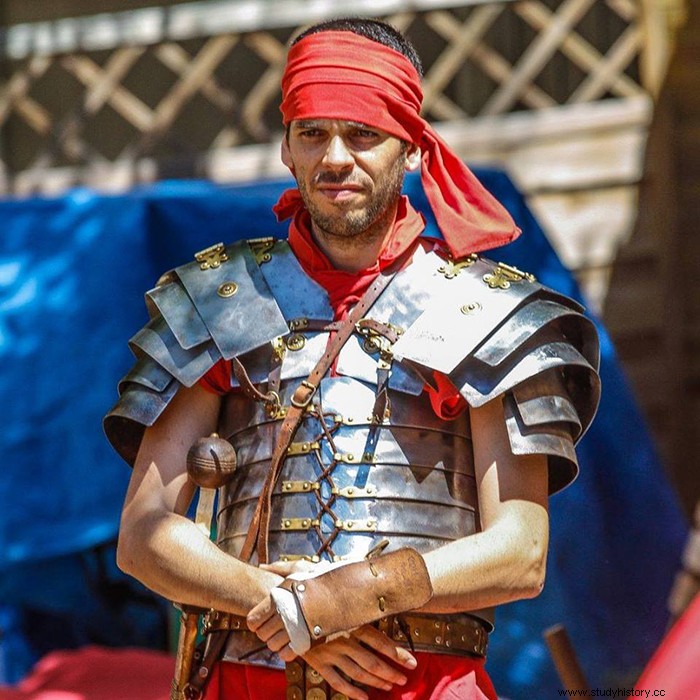
Sergio Alejo
Sergio Alejo, I had the pleasure of meeting him on June 15. That day Walking through history, he had the honor of being invited to the first national work meeting of a group of people, whether professional or amateur, who share a taste for history and its dissemination. Those days, apart from the brilliant idea of promoting an association of Disseminators of History, each and every one of those present were interested in learning about different aspects of the rest of our colleagues.
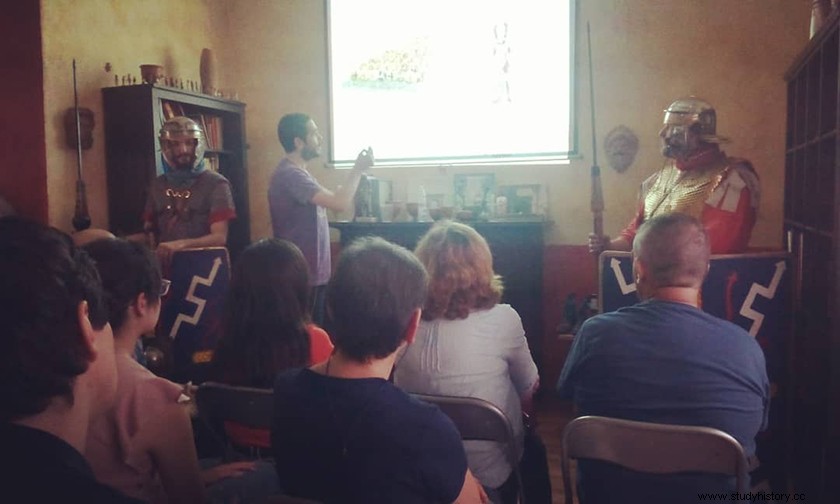
One of the events of the first meeting of History Disseminators, Sergio Alejo's conference on the Roman armies, accompanied by two legionnaires from Antiqva Clio.
Personally, what caught my attention the most was a phrase by Sergio:“to narrate how a Roman legionnaire felt in the middle of a combat, it is necessary to get into one's skin ”. For this reason, before undertaking the writing in the trilogy of Tito Valerio Nerva, he decided to get into the skin of a legionnaire , becoming a member of Barcino Oriens, a group of historical recreation of the city of Barcelona.
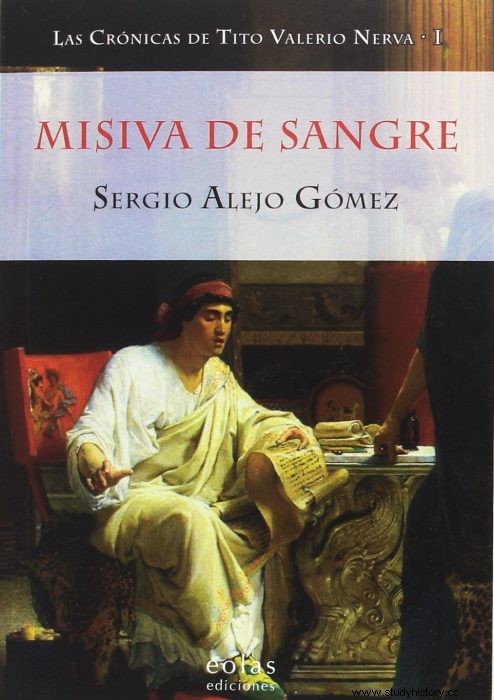
Clicking on the image you will access the complete collection of books edited by Sergio Alejo
Despite knowing the existence of historical reenactment groups, he had never thought about the enormous work behind these projects. Without getting to know them fully, sometimes it can give us the impression of a certain improvisation, or why not say it, "a meeting of geek friends", I suppose that this phrase, the friends dedicated to this activity, must have heard it at some time . Luckily for me, another of the fellow attendees cleared my doubts, Marco Almansa Fernández, whom I hope to congratulate shortly as a new Doctor in Ancient History and specialized in the Roman world. His explanations of that day were very enlightening for me, so I expressly asked him for a few lines for the readers of Walking through history. When asked how historical recreation can help disclosure, this was his answer:
Dissemination through historical re-enactment
There are many ways to disseminate history, whether in writing, video, photography, etc. but one way to do it is to feel, to touch the story itself. How can we feel history? doing historical re-enactment.
But historical recreation, which we will now define, should not be separated from experimental archaeology, the latter is an auxiliary science of archeology that tries to study, empirically, through trial-error, how tools, objects, clothes, etc. were made and used. in this way we will know, approximately, what the past was like.
Historical recreation is to take experimental archeology to a higher degree, it is to try, relive in person both the civil or military life of the time to be recreated, and to make known through explanations , or lectures the life of the past. But it is also important that the public can touch the story, give them a taste of food, leave them an object so that they can feel the weight, texture, smells, etc. in this way the viewer learns and apprehends in a different way, with the senses.
The best way to understand history, at least military, is through historical recreation and adding experimental archaeology, which in our case will be Roman. It is important that in the military theme we can have a complete team, as we will see in the photos. In this way we will feel the real weight of an entire team, 40kg, and how some men could move, train, fight with that weight added to their body weight. For example, to be able to explain or write an article or historical novel, it is always advisable to feel the weight, the effort and the wear and tear of the equipment, as well as the daily life of the time to write. In this way, we will capture unique elements that are not usually taken into account when writing a story. Not so much the manufacture of the material, whatever it may be, but the effort to have said material, the sensations that are had when using it and the cost in time to acquire it.
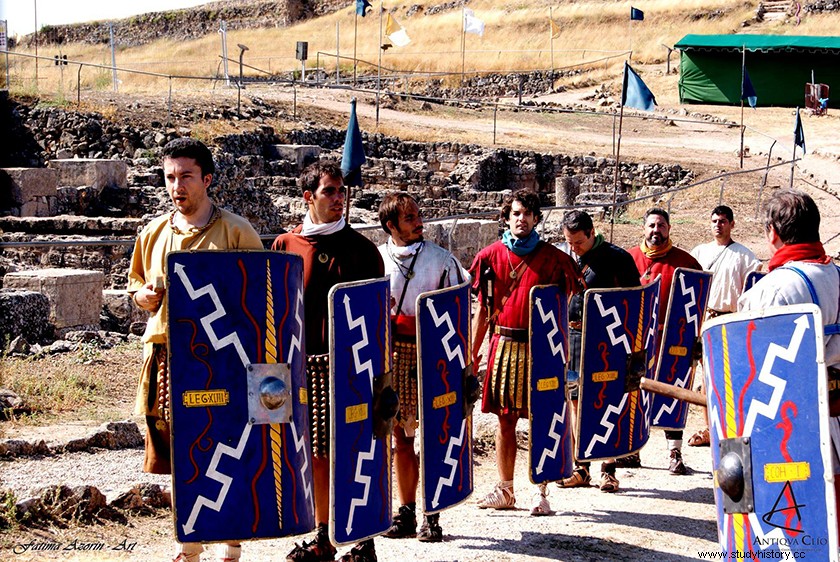
Many of us are used to reading, seeing in movies or being told that when Roman swords penetrated the body they went through it, it is more spectacular and cinematographic, but archeology experimental tells us the opposite, it does not enter more than 3-5cm on average in the body. Demystifies, experimental archeology and historical recreation, what we see in movies or sometimes read. But it also helps to understand the ancient sources, whether or not they are correct. It helps us to understand what the classical sources do not tell us because it is, for their authors, something unimportant, and that they do not send us. These secrets are discovered through trial and error.
Historical recreation helps us appreciate how a Roman could be in combat, the sensations of adrenaline, chaos, fear or pain cannot be known if it is not being in a battle real or recreating it. And the latter is something that the civil citizen of today can do, feel, understand and if he is a writer, materialize in a literary story.
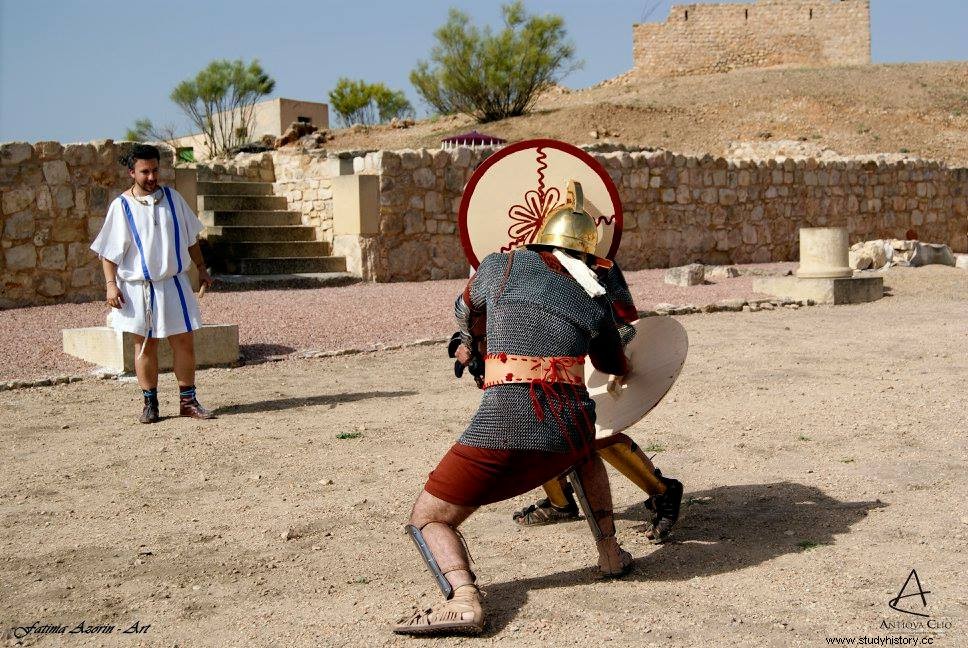
One way to find out is by recreating in a group, for example, in the Cultural and Experimental Association "Antiqva Clio", which recreates civil, military or religious equipment from the early s . II AD Specifically, the Emperor Trajan. This association, located in Madrid, tries, through experimental archeology and historical recreation, to approach the daily life of the Romans, their clothing, their way of behaving, etc. as well as military equipment, with different types of armor, helmets, swords, etc. with formation training, movements, etc. that are practiced, in such a way that it is taught how to fight, train and feel a Roman training in the first person.
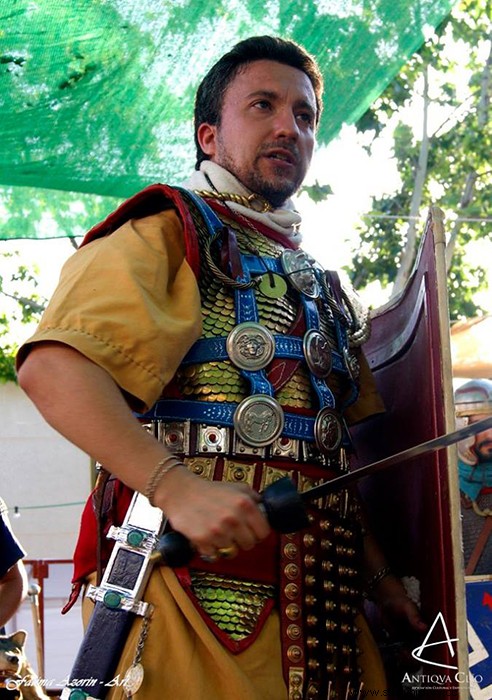
Marco Almansa
Marco Almansa directs the Antiqva Clio association, which is made up of some 40 members from different professional fields, including historians, students, and other professions outside of history. In other words, we can all include ourselves in this group, we just need a good dose of historical passion and as Marco himself says:
If you want to feel the history of Rome, sign up!
Don't worry about money or time, we pay in deniers and travel to the past.
Antiqva Clio carries out historical recreation events in museums, archaeological sites, universities, colleges and cultural institutions of a wide nature. He has had the opportunity to show us what he could feel from a legionnaire, to a woman from Rome, in places of great importance such as the National Archaeological Museum (MAN), or the Roman sites of Mérida or Segóbriga.
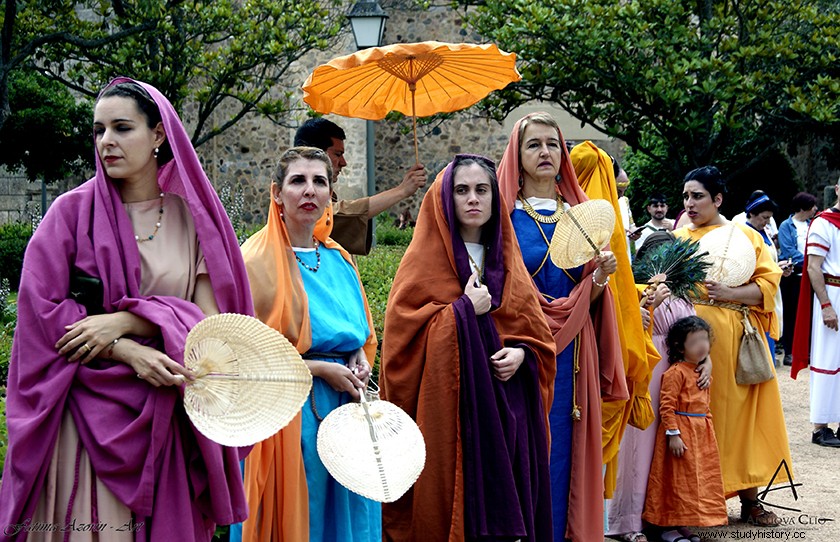
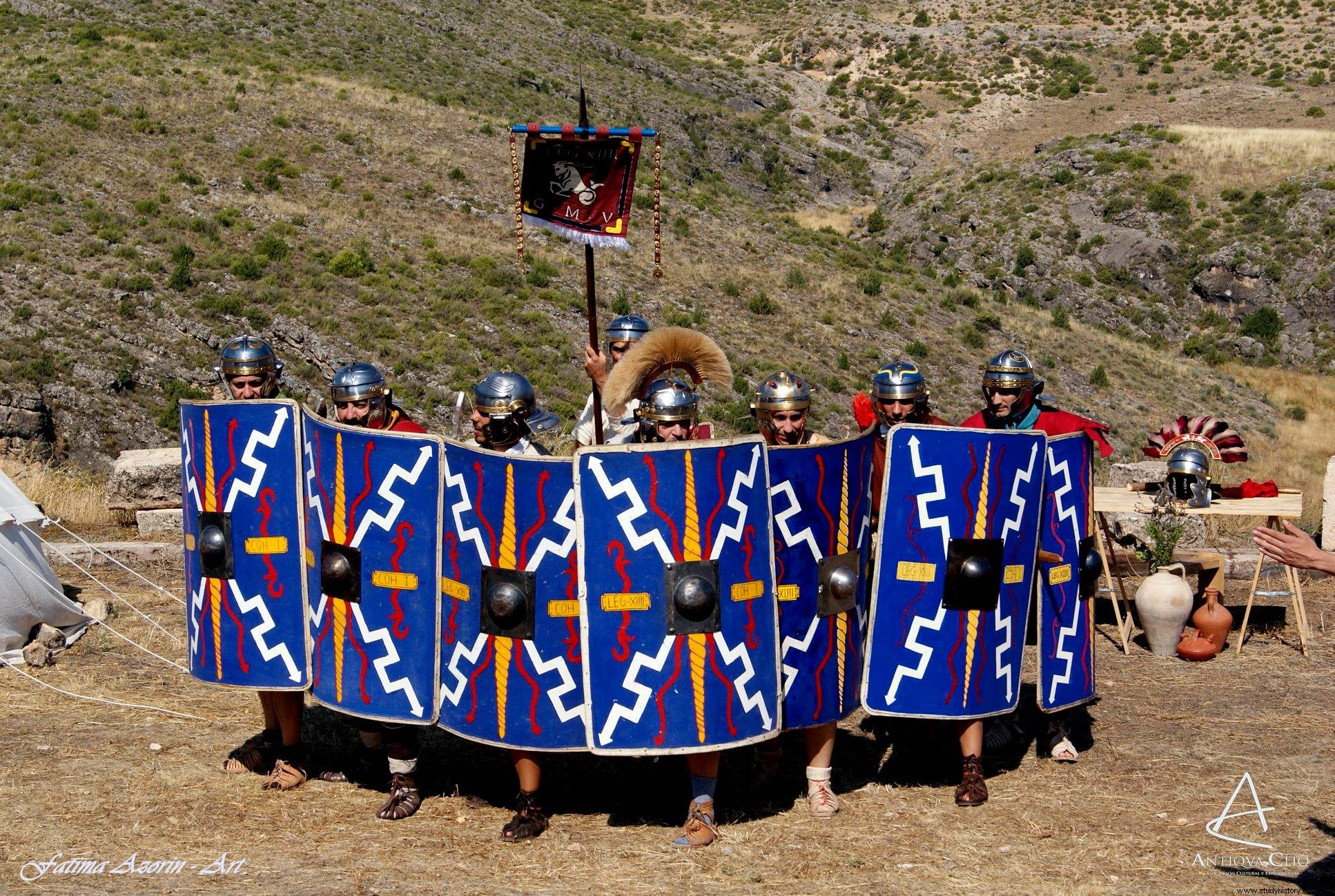
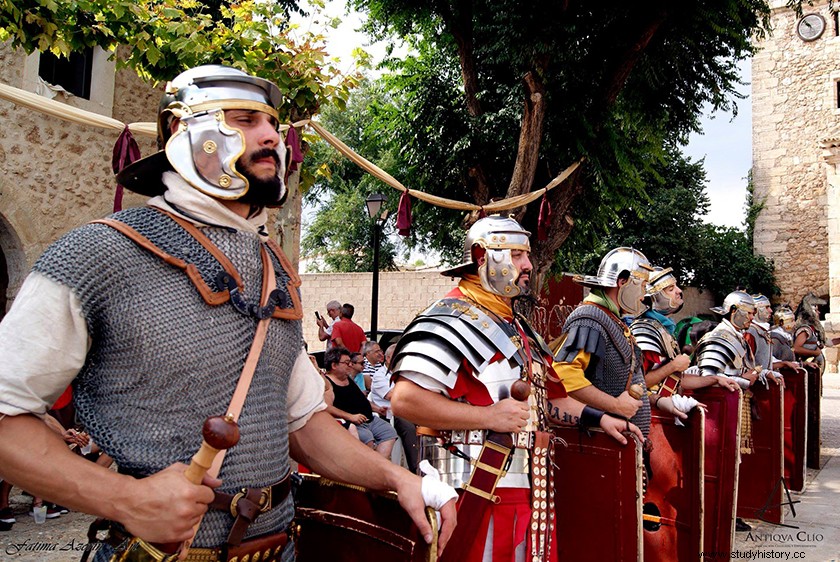
Different snapshots of the Antiqva Clio Association
Finally, I invite you to get to know Antiqva Clio a little better on its website:
http://www.antiquaclio.com/
And to be up to date with all its events through its different Social Networks:
https://www.facebook.com/antiquaclio/
https://www.instagram.com/antiqva_clio/?hl=es
Images courtesy of Sergio Alejo and Antiqva Clio.
